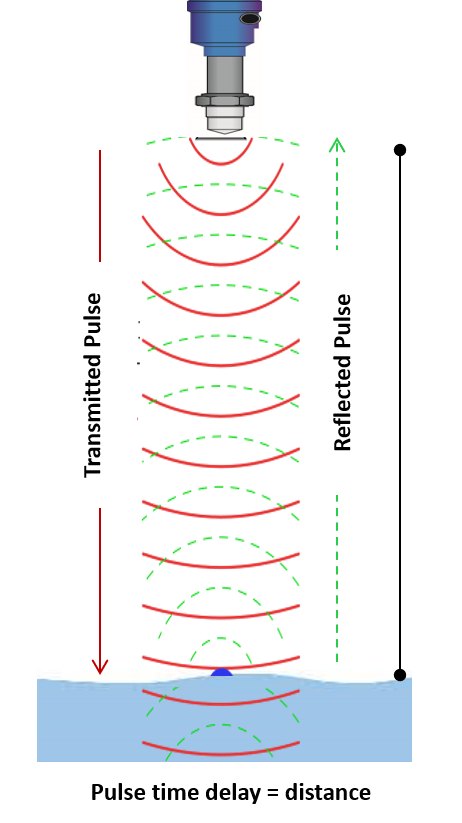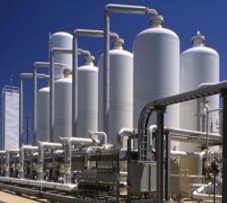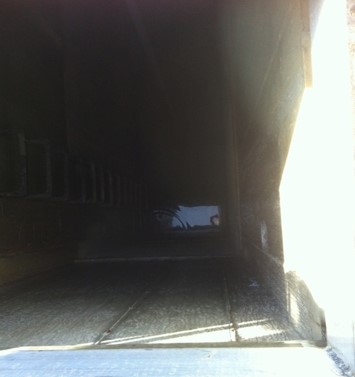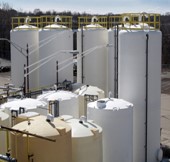 |
||||||||||||||||||
|
What is the working principle of Radar Transmitter? |
||||||||||||||||||
|
||||||||||||||||||
|
Dielectric Constant value of a material indicates its effectiveness in serving as a capacitor to store and electric change, or to a radar sensor, its effectiveness in reflecting RF energy. Radar waves reflect more efficiently with materials of high dielectric constants while lower dielectric constants absorb most of the radar wave. |
||||||||||||||||||
   |
||||||||||||||||||
|
Visit the Flowline website for a list of liquid media and their dielectric constants |
||||||||||||||||||
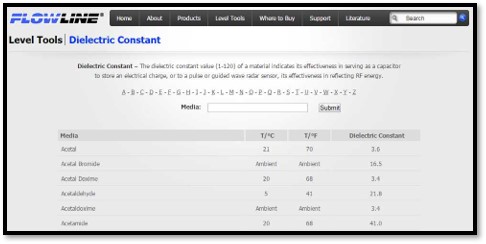 |
||||||||||||||||||
|
The liquid media’s dielectric constant will determine the horn or antenna size and verify the compatibility of the technology. |
||||||||||||||||||
|
Best for application of:  Strong signal penetrability with minimal attenuation over distance Strong signal penetrability with minimal attenuation over distance The sensor is intended for chemical storage or process applications in above or below grade tanks of any material The sensor is intended for chemical storage or process applications in above or below grade tanks of any material For challenging process conditions with corrosive media, light surface foam or agitation, higher temperature or pressure, condensation or vapor, and installation in a flange fitting For challenging process conditions with corrosive media, light surface foam or agitation, higher temperature or pressure, condensation or vapor, and installation in a flange fitting Typical applications include bulk storage and process tanks Typical applications include bulk storage and process tanks |
||||||||||||||||||
|
||||||||||||||||||
|
Lmitations: (Factors that could influence performance)  Air particulates with a high dielectric constant value such as lead or ferroalloy Air particulates with a high dielectric constant value such as lead or ferroalloy Highly dense air particulates that attenuate microwave emission and receipt Highly dense air particulates that attenuate microwave emission and receipt Material build-up on the antenna that degrades microwave emission and receipt Material build-up on the antenna that degrades microwave emission and receipt Mediums with an extremely low dielectric constant value with little reflectivity Mediums with an extremely low dielectric constant value with little reflectivity |
||||||||||||||||||




